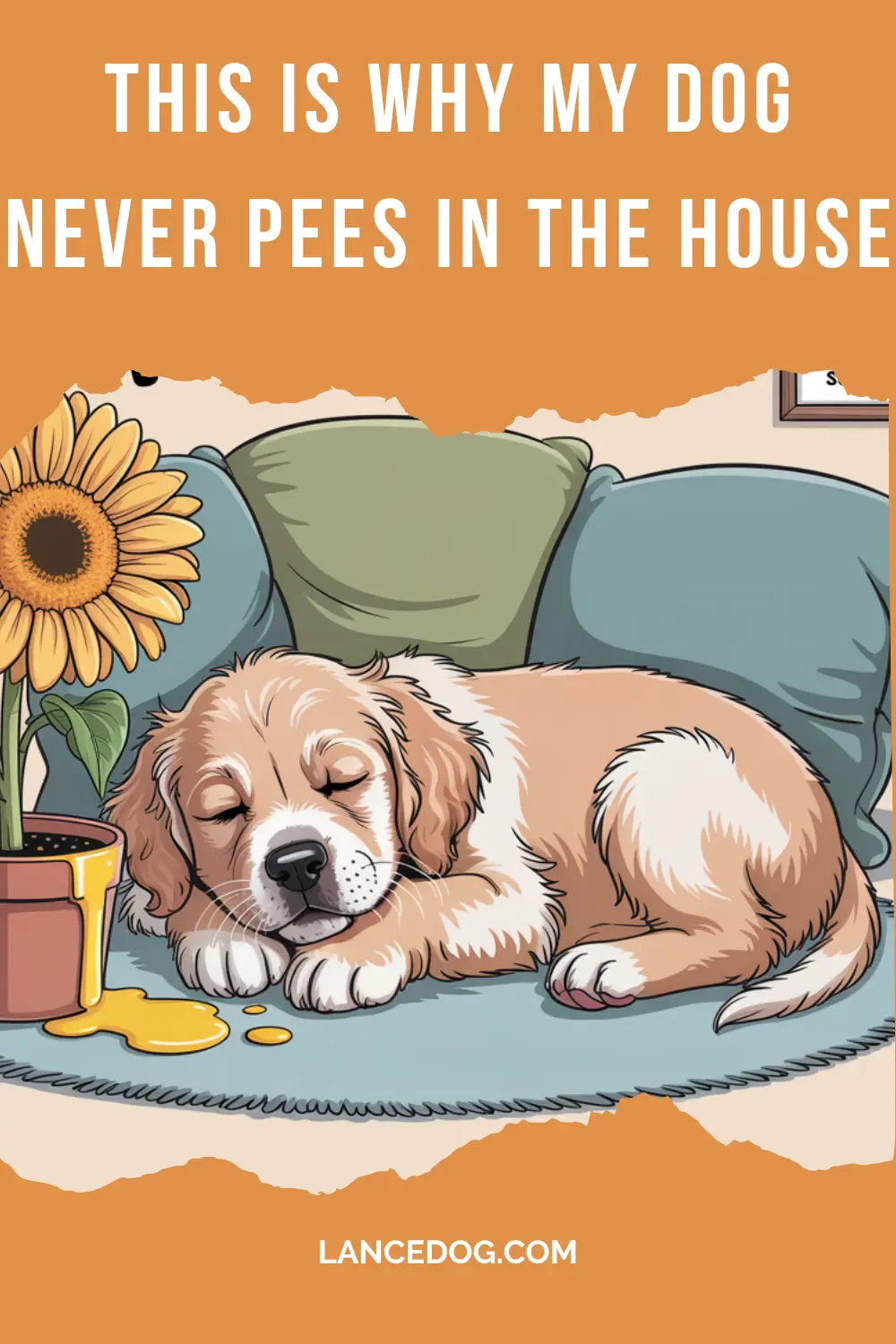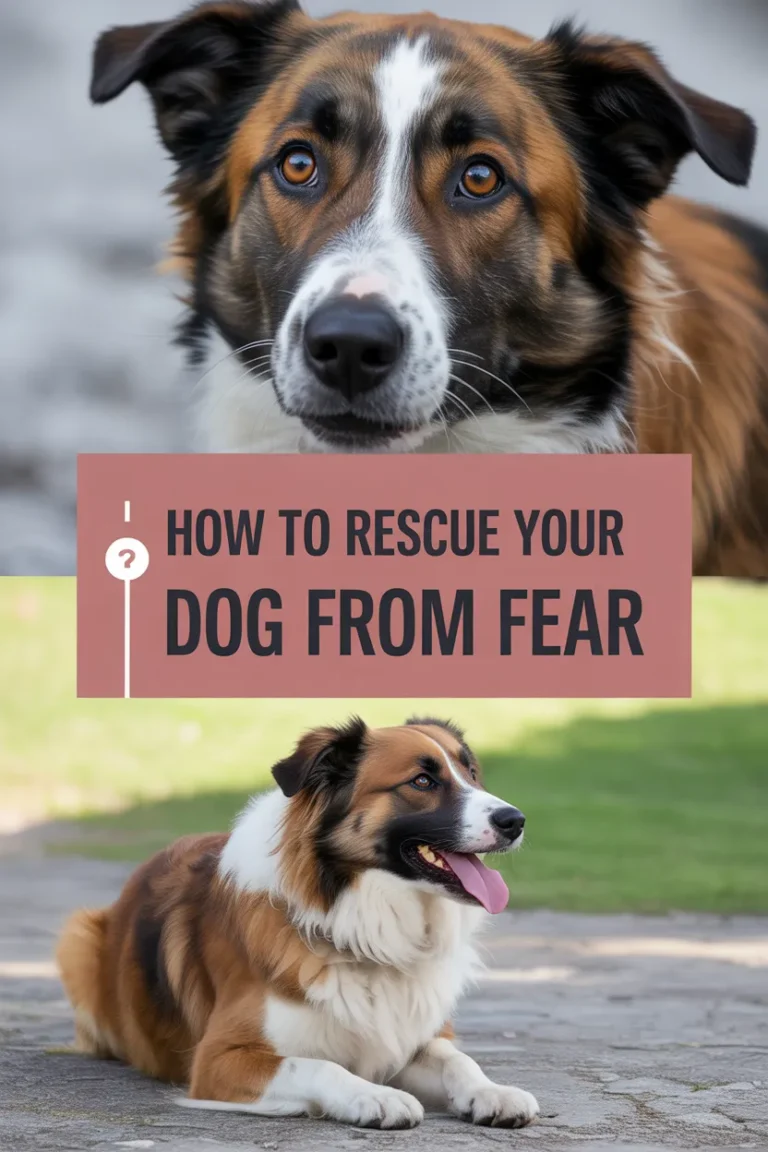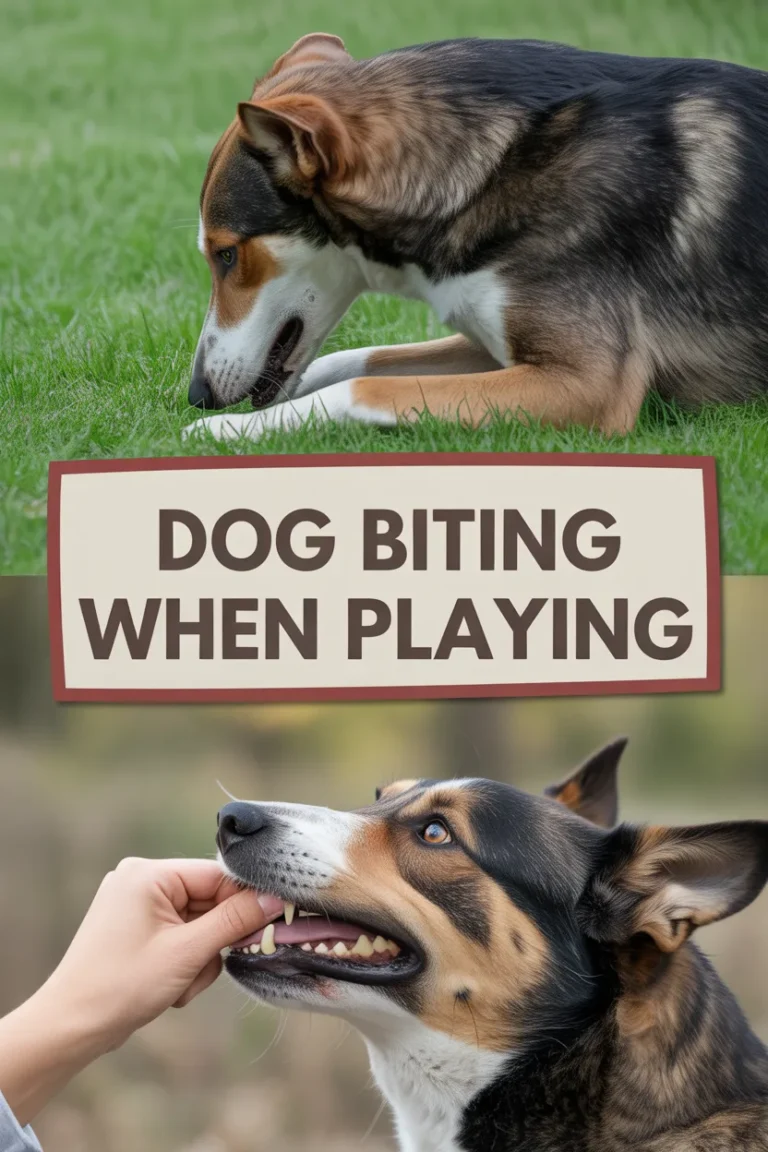How to Stop Your Dog From Peeing In The House

It’s a frustrating experience when you come home to find your dog has had an accident indoors. As much as we love our furry companions, dealing with potty issues can be stressful. If you’re wondering how to stop your dog from peeing in the house, you’re not alone. Many pet owners face this challenge, but the good news is that with patience, consistency, and understanding, this issue can be resolved.
In this guide, we’ll walk you through practical steps to help your dog learn where to go potty, and offer some emotional tips to make the journey easier for both you and your dog.
Understanding the Behavior
Before diving into solutions, it’s important to understand why your dog may be peeing inside. There are several possible causes:
- Lack of Proper Training: If your dog is still a puppy or hasn’t been fully house-trained, accidents are bound to happen. Puppies in particular may not have full control over their bladder until they’re older.
- Medical Issues: Sometimes, dogs may have urinary tract infections or other medical conditions that make them pee more frequently. If the problem is sudden or persistent, it’s worth consulting a veterinarian.
- Stress or Anxiety: Dogs, just like us, can experience anxiety. New environments, loud noises, or changes in their routine can lead to accidents. Separation anxiety is also a common cause.
- Marking Territory: Dogs, especially males, may pee inside to mark their territory. This is often a sign of dominance or insecurity.
Understanding the cause of your dog’s accidents is the first step toward solving the problem. Now, let’s explore how to stop your dog from peeing in the house.
Step 1: Establish a Consistent Routine
Dogs thrive on routine. They feel safer when they know what to expect. To stop your dog from peeing in the house, you need to create a consistent potty schedule.
- Frequent Bathroom Breaks: Take your dog outside regularly, especially after meals, naps, and playtime. Puppies have smaller bladders and need more frequent potty breaks than adult dogs.
- Praise and Reward: Every time your dog successfully goes outside, offer praise and a treat. Positive reinforcement is key to helping them understand where it’s appropriate to relieve themselves.
Emotional tip: You may feel frustrated at times, but it’s important to stay calm. Your dog isn’t trying to upset you. They just need guidance. Encourage your dog with kind words when they do something right.
Step 2: Crate Training
Crate training is one of the most effective ways to prevent your dog from peeing inside. Dogs naturally avoid soiling their sleeping area, so using a crate for house training can help them gain bladder control.
- Proper Crate Size: Make sure the crate is large enough for your dog to stand, turn around, and lie down comfortably, but not too large that they can relieve themselves in one corner.
- Positive Association: Turn the crate into a safe and positive space where your dog feels secure.
Emotional tip: Crate training can be a stressful process for both you and your dog. But as your dog becomes accustomed to their crate, you’ll see how much they trust you. Stick with it—consistency is key!
Step 3: Clean Up Accidents Properly
If you want to stop your dog from peeing in the house, it’s crucial to clean it up properly. Dogs have an incredible sense of smell, and if they can still detect the odor, they may return to the same spot.
- Use Enzyme-Based Cleaners: These cleaners break down urine and eliminate odors completely. Avoid ammonia-based cleaners, as they can attract your dog back to the area.
- Thorough Cleaning: Don’t just clean the surface—make sure to clean the entire area where the accident occurred, including carpets or floors.
Emotional tip: It might feel discouraging to clean up after your dog’s accidents, but remember this is a part of the learning process. Every clean-up is a step closer to success. Your dog is trying, and so are you!
Step 4: Limit Access to Problem Areas
If your dog tends to pee in specific areas of the house, consider limiting their access to those spaces. You can use baby gates or closed doors to restrict their movement and prevent further accidents.
- Use Puppy Pads: If your dog is still learning, consider placing puppy pads in areas where they tend to relieve themselves. Gradually move the pads closer to the door as they learn to go outside.
Emotional tip: It can be tough not to let your dog roam freely around the house, especially when they look up at you with those sad eyes. But restricting their space temporarily will lead to long-term success. You’re teaching your dog, and they’ll be grateful for your guidance.
Step 5: Address Medical or Anxiety Issues
If the problem persists, it’s important to check for underlying medical issues. Sometimes, conditions like urinary tract infections can cause dogs to pee more often. If your dog is experiencing anxiety, this could also be the cause.
- Consult Your Vet: Get a professional opinion to see if there’s a medical issue affecting your dog.
- Use Calming Products: If your dog has anxiety, consider calming collars or pheromone diffusers to help ease their stress.
Emotional tip: If anxiety is the cause, be understanding. Your dog’s emotions are just as real as your own. They need your support more than ever, and with your help, they can overcome their fears.
Conclusion: Patience and Consistency Are Key
To stop your dog from peeing in the house will take time, but with patience, consistency, and a lot of love, you can do it. Stay committed to the routine, celebrate the small victories, and keep supporting your dog as they learn. Remember, your dog looks to you for guidance, and with your help, they will eventually learn where it’s appropriate to go potty.






